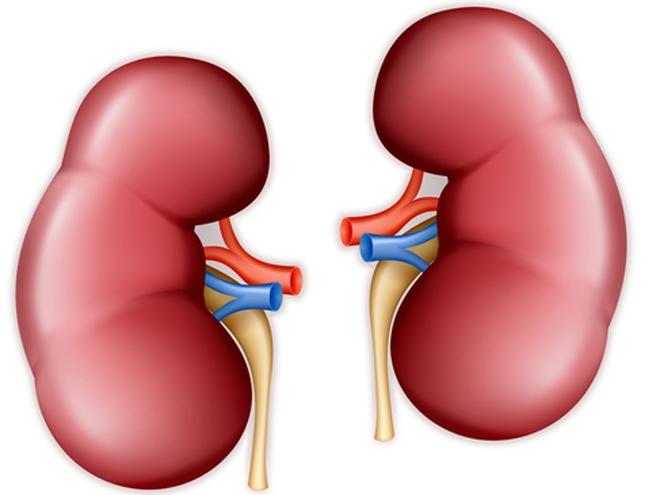
Researchers, led by Robert Provenzano, MD, recently conducted subgroup analyses of efficacy data from three pivotal phase 3 studies of roxadustat versus epoetin alfa for the treatment of anemia in patients with incident dialysis-dependent (ID-DD) chronic kidney disease (CKD). Roxadustat is an oral hypoxia-inducible factor prolyl hydroxylase inhibitor that stimulates erythropoiesis and improves iron metabolism.
Results of the analysis were reported during a virtual poster session at ASN Kidney Week 2020. The poster was titled Subgroup Analyses of Efficacy of Roxadustat for Treatment of Anemia in Patients with Incident Dialysis-Dependent CKD.
The analyses included pooled data from the three trials. Eligible patients were on dialysis for ≤4 months. Dr. Provenzano and colleagues analyzed data from prespecified subgroups for mean change from baseline in hemoglobin (Hb) (weeks 28-52 regardless of rescue therapy) and mean monthly iron use (weeks 28-52). Death, myocardial infarction, and stroke (MACE), as well as heart failure or unstable angina requiring hospitalization (MACE+) were adjudicated.
Overall, the cohort included 1530 patients; of those, 760 were treated with roxadustat and 770 were treated with epoetin alfa. Roxadustat achieved noninferiority (noninferiority: lower limit of 95% confidence interval [CI] >0), and a significantly larger mean change from baseline in Hb (2.12 g/dL vs 1.91 g/dL), with a least-squares mean difference of 0.22; 95% CI, 0.04-0.40; P=.013. Results in all subgroups were consistent with the overall population. Roxadustat achieved noninferiority for Hb change from baseline.
In subgroup analyses of mean monthly intravenous (IV) iron use during weeks 28-52, results were significant in favor of roxadustat versus epoetin alfa in the overall population as well as by age group (18 to 64 years), sex (male), race (White), region (United States, Europe), baseline iron status (ferritin ≥100 ng/mL and transferrin saturation ≥20%), baseline Hb (<8.0 and ≥8.0 g/dL), and dialysis modality (hemodialysis).
The hazard ratio (HR) of MACE was lower in the roxadustat group compared with the epoetin group (HR, 0.70; 95% CI, 0.51-0.96; P=.03). The HR in the MACE+ group was also lower in the roxadustat group than in the epoetin group (HR, 0.66; 95% CI, 0.50-0.89; P=.005).
In conclusion, the researchers said, “The efficacy of roxadustat versus epoetin alfa for improving Hb level and reducing IV iron use was consistent across prespecified subgroups in the ID-DD population. Roxadustat reduced MACE and MACE+ versus epoetin alfa.”
Source: Provenzano R, Kumar J, Fishbane S, Rastogi A, et al. Subgroup analyses of efficacy of roxadustat for treatment of anemia in patients with incident dialysis-dependent CKD. Abstract of a poster presented at the American Society of Nephrology virtual Kidney Week 2020 (PO0259), October 22, 2020. Funding for this poster was provided by Fibrogen, Inc., AstraZeneca plc, and Astellas Pharma Inc.





 © 2025 Mashup Media, LLC, a Formedics Property. All Rights Reserved.
© 2025 Mashup Media, LLC, a Formedics Property. All Rights Reserved.